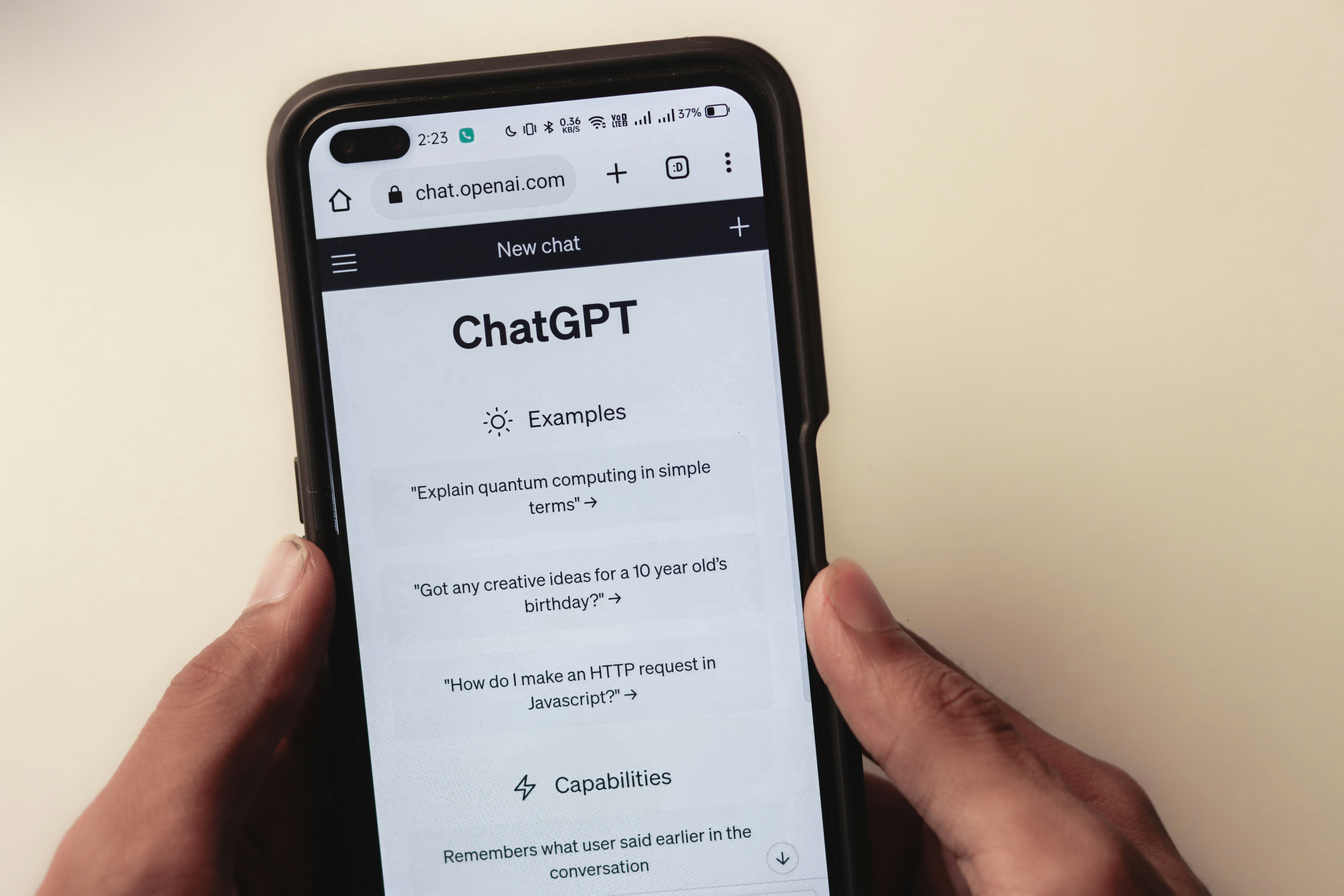Although the effects of the pandemic might vary across businesses based on industry, it is important to find a better way to recover from the damage. As the world comes back to normalcy after the peak of the pandemic, small businesses should have exit strategies to help prepare organizations to come back to life and rebuild. If you are unsure what you should do next as an exit plan post-pandemic, here are a few steps that can guide you to come back stronger.
- Assess the financial damage
The pandemic has damaged the financial abilities of organizations, making it hard for businesses to function as they should. As you think of coming back stronger, the first step of rebuilding is assessing the damage that the pandemic has caused to your business. Start with the hard numbers. If you have not updated your financial statements like profit and loss or cash flow statements, it is about time you do that now. Furthermore, consider other ways your business has been affected by the pandemic. For example, if you have laid off some of your staff, factor it into your rebuilding plan. Take into account other aspects like advertisement cost, marketing budget and customers who have migrated in your assessment.
- Look into your business plan
Although your business plan might have worked well before the pandemic, some things might have changed, and there is a need for some fine-tuning. Therefore, you may need to consider how your business plan can adjust to the new normal. For example, if you previously depended on customers who walk into your business premises, you may need to develop a digital strategy to accommodate the people who shop online. Analyze how your industry has been hit by the pandemic and pay attention to the new trends. Identify the strengths and weaknesses of your business plan and model the look for ways to improve it to meet the new demands.
- Consider whether you need some funding
Unless you had saved hundreds of thousands or millions of dollars before the pandemic, you are likely to need some financial support to get your organization going. You can use various methods to finance your business after the pandemic. The Paycheck Protection Program (PPP) is designed to help businesses struggling to retain employees during the pandemic. The Economic Injury Disaster Loans can also help businesses with short-term financing and employee retention. However, the problem with these two funding methods is that they are limited. With these limitations, you need to consider other funding options such as bank loans.
- Develop a rebuilding timeline
Although you should do everything possible to recover your organization from the pandemic, doing everything at once may be difficult and unrealistic. You should develop a timeline based on your priorities and follow it. Prioritize the urgent actions that you need to take first, followed by less urgent ones. For example, your immediate focus after the pandemic might be to secure funding to keep your employees at work. This can be followed by hiring new staff to fill the vacant positions.






























